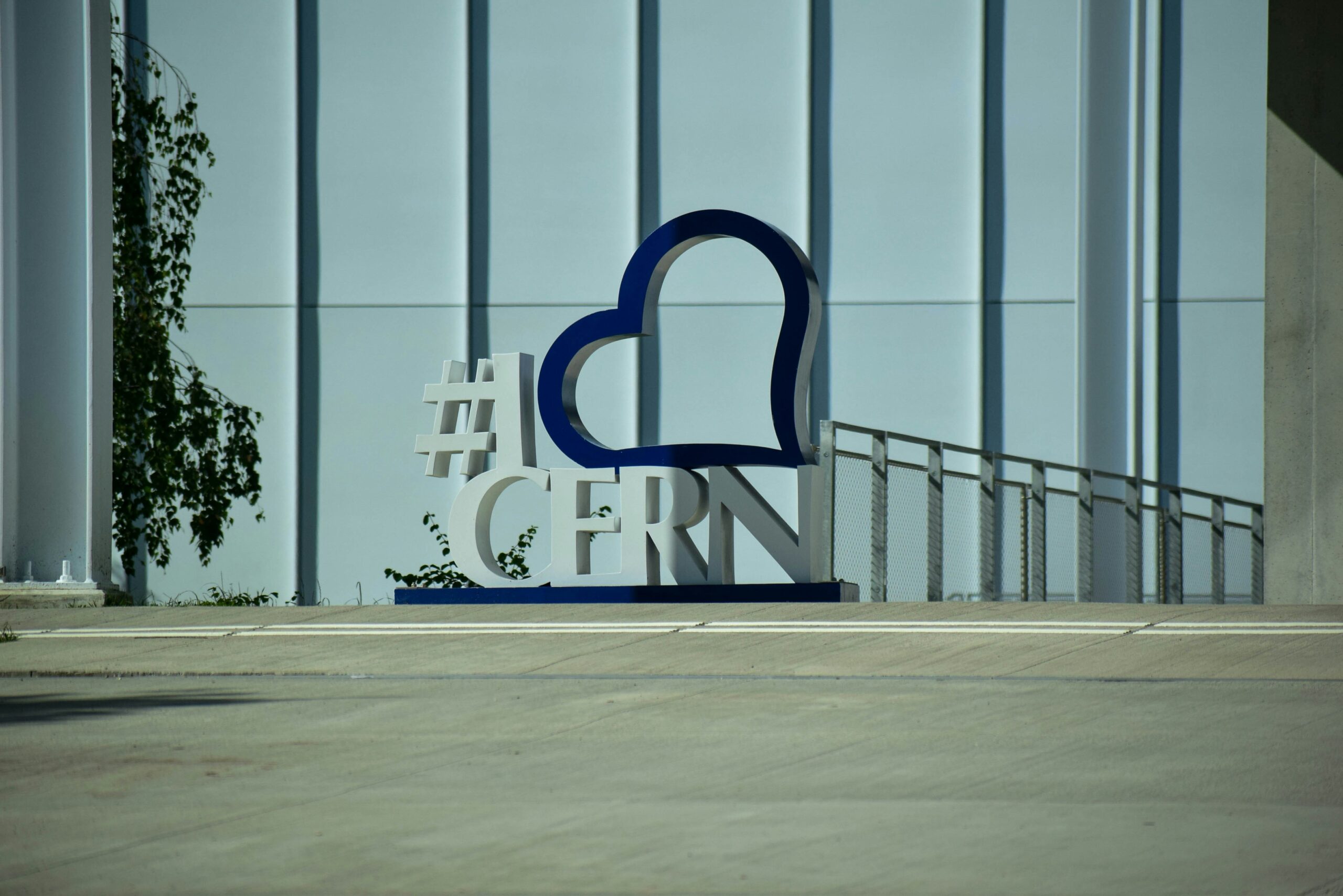Our CKAD certification journey at Keleos is progressing, with recent sessions delving deep into Kubernetes essentials. In this blog post, we’ll explore our learnings on Secrets, ConfigMaps, and their critical role in Kubernetes architecture.
Exploring Secrets and ConfigMaps
In our recent CKAD sessions, we dedicated time to understanding Secrets and ConfigMaps, crucial tools for managing sensitive information and configuration data within Kubernetes clusters.
Managing Sensitive Information with Secrets
Secrets in Kubernetes play a pivotal role in securely storing sensitive data such as passwords, API keys, and tokens. During our recent CKAD sessions, we explored various methodologies for integrating Secrets into our applications.
One effective approach discussed was the sidecar pattern. In this pattern, a sidecar container runs alongside the main application container within the same Kubernetes pod. The sidecar’s role is to manage sensitive information securely. For example, in Kristof’s ECS applications, a Vault system centrally manages Secrets. The sidecar container interacts with the Vault, retrieves the necessary Secrets, and injects them securely into the main application container. This ensures that sensitive data remains encrypted and protected throughout its lifecycle, without exposing the details to the main application.
ConfigMaps for Configuration Management
ConfigMaps are versatile tools in Kubernetes for managing non-sensitive configuration data that applications require. They provide a straightforward way to store key-value pairs or configuration files, which applications can consume as environment variables or mount as volumes within pods.
For instance, imagine a scenario where an application needs database connection strings or environment-specific configurations. By creating a ConfigMap, these configurations are abstracted from the application’s main logic, promoting portability and flexibility across different environments. ConfigMaps can be updated dynamically, allowing applications to adapt to changing configuration requirements without redeploying the entire pod.
Understanding how to effectively utilize ConfigMaps ensures that applications remain agile and adaptable within Kubernetes clusters, facilitating seamless deployment and configuration management across various operational scenarios.
Challenges and Considerations
While Secrets and ConfigMaps are powerful tools, their management requires careful consideration. One challenge is ensuring that access controls are rigorously enforced. In Kubernetes, any entity with access to a cluster can potentially access Secrets within its namespace, making robust security policies essential.
Looking Ahead
As we continue our CKAD journey, mastering Secrets, ConfigMaps, and other Kubernetes essentials will be instrumental. Stay tuned as we share more insights, tips, and practical experiences from our certification preparations. Follow along as we explore the intricacies of Kubernetes security and configuration management!




